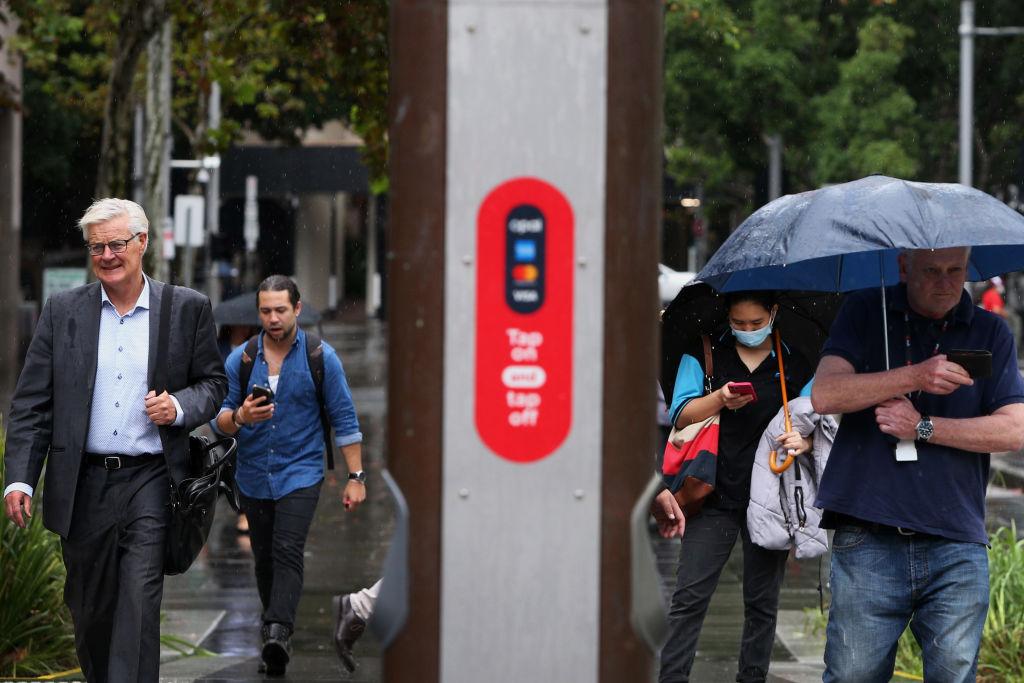Australia’s economy boasts a vibrant side hustle culture, where 61 percent of entrepreneurs have revealed that alongside their current full-time jobs, they are spending several hours each week building their businesses.
GoDaddy’s study of over 315,000 Australian online businesses found that two-thirds of side hustlers generated at least $5,000 per month (US$3,300) from the side hustle, with nearly a quarter making over $25,000 monthly or $300,000 annually.





